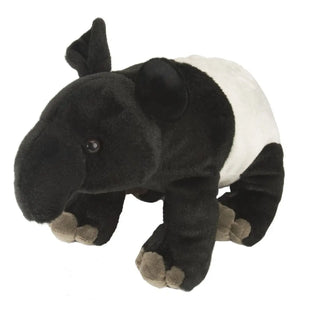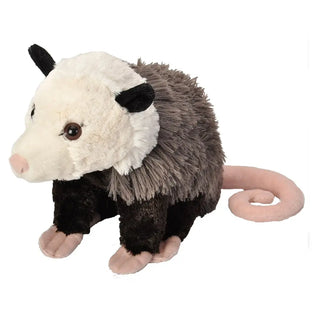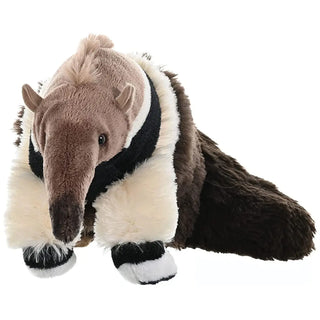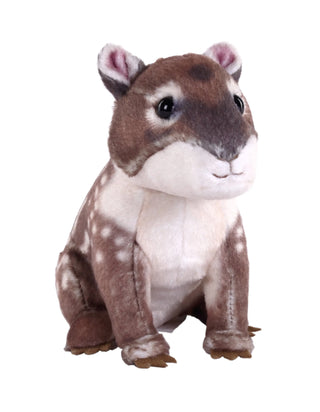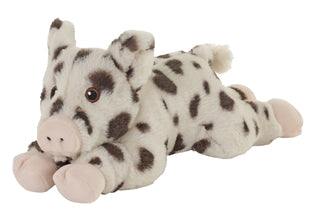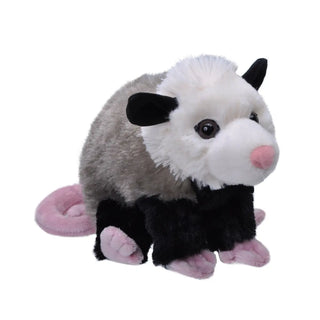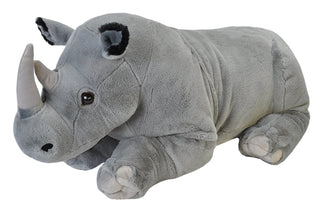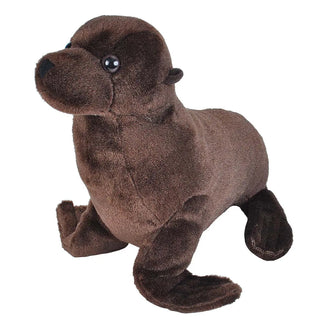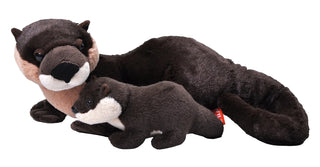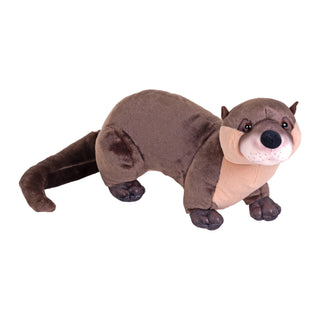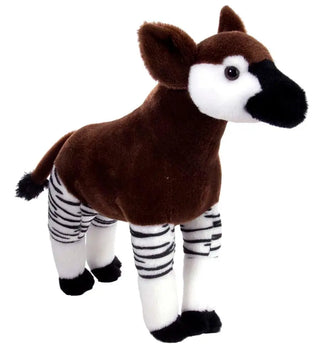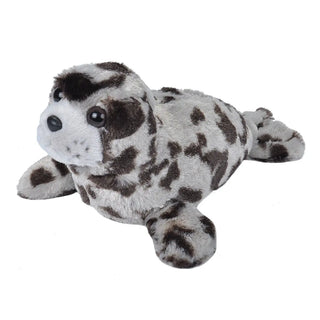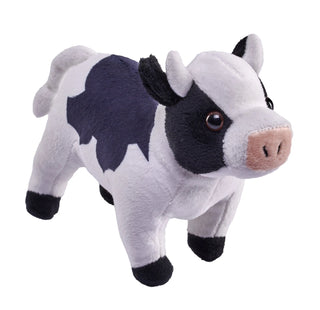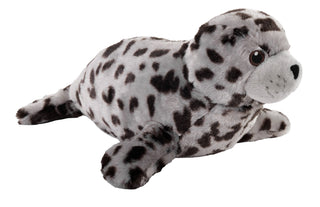Your Search For "tapir" Revealed The Following:
Filter
Active Filters
Tapir Stuffed Animal - 12"
$22.99
- Unit price
- / per
INCLUDES:
- Age:0+
- AnimalType:Tapir
- Brand:Cuddlekins
- Gender:Boy
- Gender:Girl
- Size:12"
- Tapir
$22.99
- Unit price
- / per
Opossum Stuffed Animal - 12"
$22.99
- Unit price
- / per
INCLUDES:
- Age:0+
- AnimalType:Opossum
- Brand:Cuddlekins
- Gender:Boy
- Gender:Girl
- Opossum
- Size:12"
$22.99
- Unit price
- / per
Anteater Stuffed Animal - 12"
$22.99
- Unit price
- / per
INCLUDES:
- Age:0+
- AnimalType:Anteater
- Anteater
- Brand:Cuddlekins
- Gender:Boy
- Gender:Girl
- Size:12"
$22.99
- Unit price
- / per
Rainforest Splendors Paca Stuffed Animal - 6"
Regular price
$12.00
$14.99
Save 20%
- Unit price
- / per
INCLUDES:
- Age:0+
- Brand:Rainforest Splendors
- CMTBT
- Gender:Boy
- Gender:Girl
- Size:6"
Regular price
$12.00
$14.99
Save 20%
- Unit price
- / per
Ecokins Spotted Pig Stuffed Animal - 12"
$19.99
- Unit price
- / per
INCLUDES:
- Age:0+
- Brand:Ecokins
- Features:Eco
- Gender:Boy
- Gender:Girl
- Size:12"
$19.99
- Unit price
- / per
Opossum Stuffed Animal - 8
$12.99
- Unit price
- / per
INCLUDES:
- Age:0+
- AnimalType:Opossum
- Brand:Cuddlekins
- Gender:Boy
- Gender:Girl
- Opossum
- Size:8"
$12.99
- Unit price
- / per
Rhino Stuffed Animal - 30"
$82.99
- Unit price
- / per
INCLUDES:
- Age:0+
- AnimalType:Rhino
- Brand:Cuddlekins
- Gender:Boy
- Gender:Girl
- Rhino
- Size:30"
$82.99
- Unit price
- / per
Sea Lion Stuffed Animal - 8"
$12.99
- Unit price
- / per
INCLUDES:
- Age:0+
- AnimalType:Sea Lion
- Brand:Cuddlekins
- Gender:Boy
- Gender:Girl
- Sea Lion
- Size:8"
$12.99
- Unit price
- / per
River Otter - Mom & Baby 12"
$40.99
- Unit price
- / per
INCLUDES:
- Age:0+
- AnimalType:River Otter
- Brand:Mom & Baby
- Gender:Boy
- Gender:Girl
- River Otter
- Size:12"
$40.99
- Unit price
- / per
Artist Collection River Otter Stuffed Animal - 15"
$43.99
- Unit price
- / per
INCLUDES:
- Age:0+
- Brand:Artist Collection
- Gender:Boy
- Gender:Girl
- Size:15"
$43.99
- Unit price
- / per
Okapi Stuffed Animal - 12"
$22.99
- Unit price
- / per
INCLUDES:
- Age:0+
- AnimalType:Okapi
- Brand:Cuddlekins
- Gender:Boy
- Gender:Girl
- Okapi
- Size:12"
$22.99
- Unit price
- / per
Skunk Stuffed Animal - 12"
$22.99
- Unit price
- / per
INCLUDES:
- Age:0+
- AnimalType:Skunk
- Brand:Cuddlekins
- Gender:Boy
- Gender:Girl
- Size:12"
- Skunk
$22.99
- Unit price
- / per
Harbor Seal Stuffed Animal - 8"
$12.99
- Unit price
- / per
INCLUDES:
- Age:0+
- AnimalType:Harbor Seal
- Brand:Cuddlekins
- Gender:Boy
- Gender:Girl
- Harbor Seal
- Size:8"
$12.99
- Unit price
- / per
Pocketkins Eco Cow Stuffed Animal - 5"
$8.99
- Unit price
- / per
INCLUDES:
- Age:0+
- Brand:Pocketkins Eco
- Features:Eco
- Gender:Boy
- Gender:Girl
- Size:5"
$8.99
- Unit price
- / per
Cuddlekins Eco Harbor Seal Stuffed Animal - 12"
$24.99
- Unit price
- / per
INCLUDES:
- Age:0+
- Brand:Cuddlekins Eco
- Features:Eco
- Gender:Boy
- Gender:Girl
- Size:12"
$24.99
- Unit price
- / per
You're viewing 1-15 of 15 results

